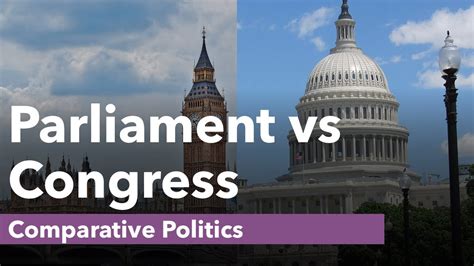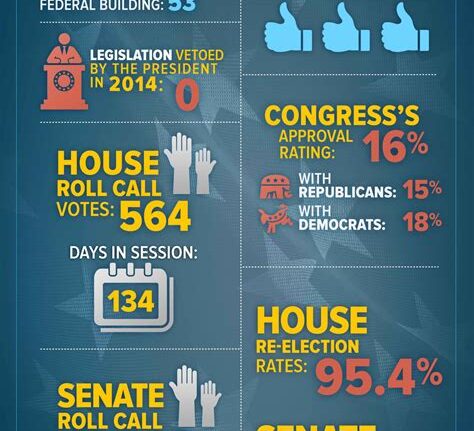The hustle and bustle of the housing market is always a whirlwind, especially for first-time buyers. But what if you don’t have the luxury of turning to the “bank of mum and dad” for that financial leg-up? This is where Peter Dutton steps in with a promise that might just change the game.
Imagine this: You’re young, ambitious, and ready to take that leap into homeownership. However, the traditional lending rules seem like an insurmountable barrier. That’s where Dutton’s plan aims to make a difference by shaking up how borrowing capacity is assessed.
“The Coalition policy is designed to reduce the serviceability buffer overseen by the banking regulator.”
Let me break it down for you – this serviceability buffer acts like a safety net above your loan interest rate. It ensures you can still handle repayments even if rates shoot up unexpectedly. The current buffer stands at three percentage points above the lending rate – put simply, if banks charge 6%, they’d need to check if you could manage payments at 9%.
Now, here’s where things get interesting. The opposition feels this buffer is being overly cautious, stifling many Aussies’ dreams of owning a home. They argue that with today’s higher lending rates, there’s less chance of a drastic surge in interest rates.
“This one-size-fits-all rule is stopping tens of thousands of Australians from getting a home loan.”
But hey, let’s look at both sides of the coin here. While easing these restrictions could open doors for many aspiring homeowners (good news for all those ‘mortgage prisoners’), there are valid concerns too.
Mortgage stress levels are already soaring high. By allowing people to borrow more easily, we might just be setting them up for trouble down the road – not ideal when economic shocks or job losses loom on the horizon.
Expert voices like Prof Stephen Whelan emphasize that while such measures may boost homeownership rates temporarily, they could also pave the way for increased risks when economic tides turn.
“The key to getting more people into homes is to increase the supply of housing.”
And then comes the million-dollar question – will this policy truly benefit young people striving to step onto that property ladder? Dutton envisions his plan as a beacon of hope for those without familial financial backing.
In theory, lowering serviceability rates could indeed help younger borrowers meet criteria and snag their dream homes sooner than expected. But hold your horses because rising prices might just counteract these gains.
Underneath it all lies a crucial balancing act – ensuring these changes genuinely aid younger buyers instead of inadvertently favoring deep-pocketed investors looking to capitalize on relaxed lending standards.
Amidst all this back-and-forth lies Apra’s resistance against lowering barriers too much due to potential income or expense fluctuations that borrowers might face in an uncertain economic climate.
So while Dutton’s proposal holds promise for some, its impact on wider economic dynamics remains under scrutiny – will it be an equalizer or yet another factor widening our housing affordability gap?
As we navigate through these intricacies and uncertainties surrounding housing policies, one thing remains clear – when it comes to buying your slice of real estate heaven without parental support, every little shift in regulations can either make dreams come true or dash hopes against harsh realities.









Leave feedback about this